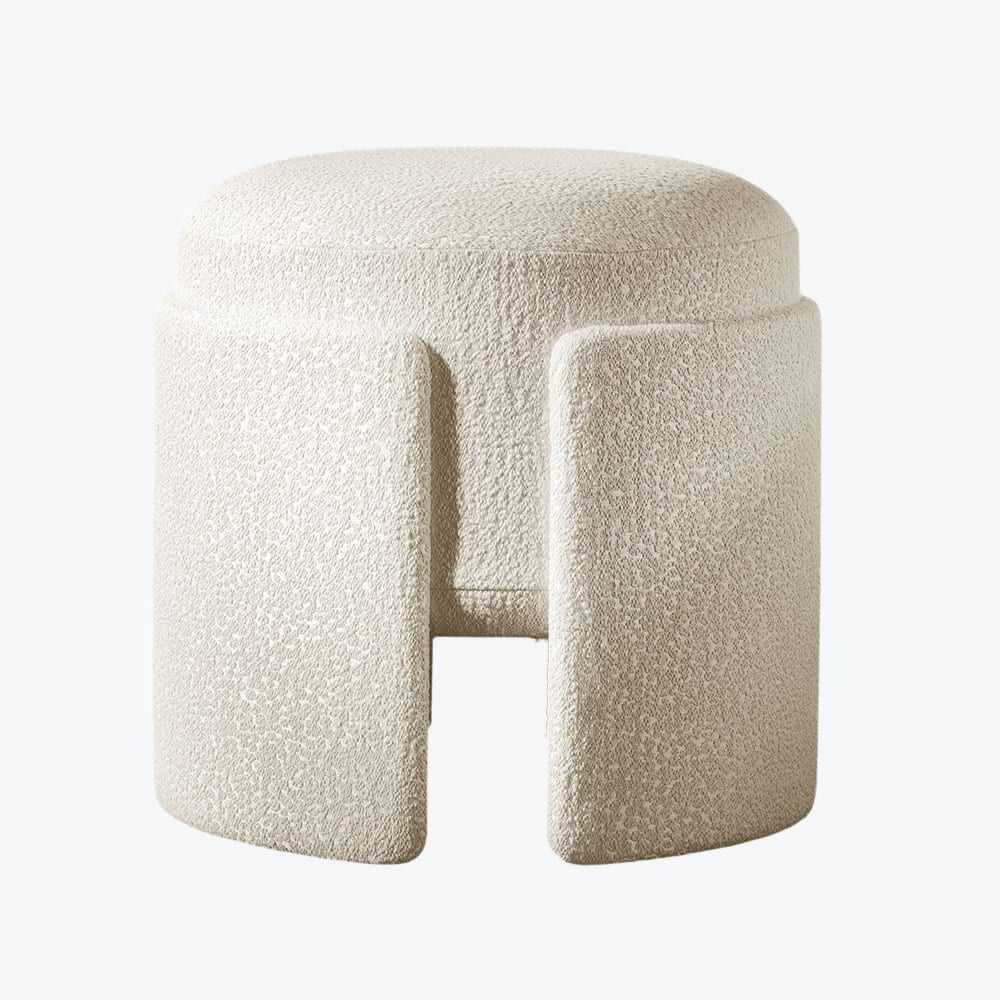Ottoman furniture design is a unique and distinctive style that emerged during the Ottoman Empire in the 14th century. Known for its luxurious materials, intricate carvings, and bold colors, Ottoman furniture reflects the grandeur and opulence of the era. This style of furniture is still popular today, with many modern designers drawing inspiration from Ottoman design elements to create stunning pieces for contemporary homes.
One of the key features of Ottoman furniture design is its use of rich materials such as wood, leather, and silk. These materials were often embellished with elaborate carvings, inlays, and intricate patterns to create a sense of luxury and sophistication. Ottoman furniture was also known for its use of bold colors such as deep reds, blues, and golds, adding a sense of drama and opulence to the pieces.
Another defining characteristic of Ottoman furniture design is its use of geometric shapes and patterns. Many pieces of Ottoman furniture were adorned with intricate geometric motifs, such as arabesques, stars, and floral patterns, which were painstakingly carved or inlaid into the wood. These geometric designs added a sense of complexity and visual interest to the furniture, making each piece a true work of art.
Ottoman furniture was also known for its functional design. Many pieces, such as divans, sofas, and tables, were designed to be both comfortable and practical, with features such as built-in storage compartments, cushions, and adjustable backs. Ottoman furniture was often arranged in a way that encouraged socializing and relaxation, with seating areas placed around a central focal point such as a fireplace or coffee table.
In addition to its functional design, Ottoman furniture also reflected the cultural and artistic influences of the time. Many pieces featured intricate marquetry work, which incorporated motifs and designs from Islamic art and architecture. Ottoman furniture also borrowed elements from other cultures, such as Byzantine and Persian design, creating a unique and eclectic style that is still appreciated today.
Overall, Ottoman furniture design is a testament to the rich history and artistic legacy of the Ottoman Empire. Its use of luxurious materials, intricate carvings, bold colors, and functional design have made it a timeless and enduring style that continues to inspire designers and homeowners alike. Whether in a traditional setting or a more modern space, Ottoman furniture adds a touch of elegance and sophistication to any home.
 bebadesign Interior Design Ideas
bebadesign Interior Design Ideas











